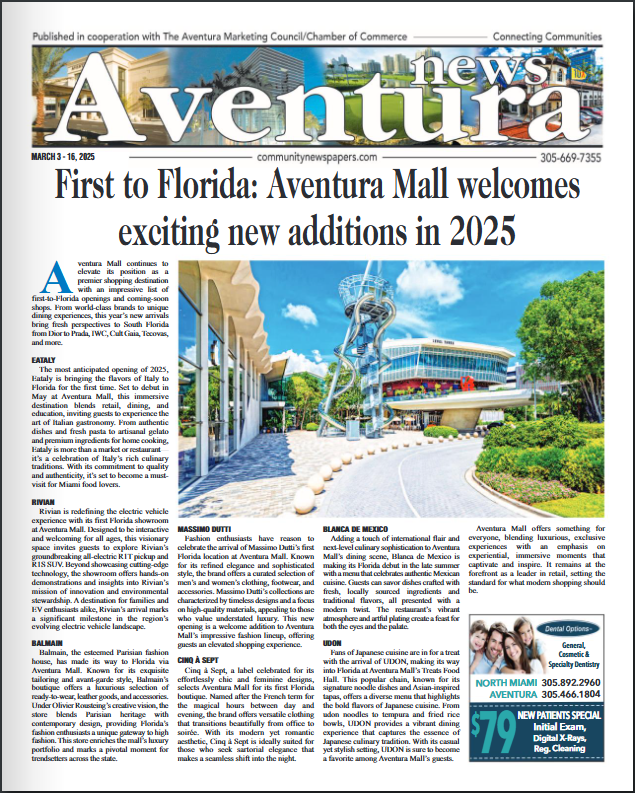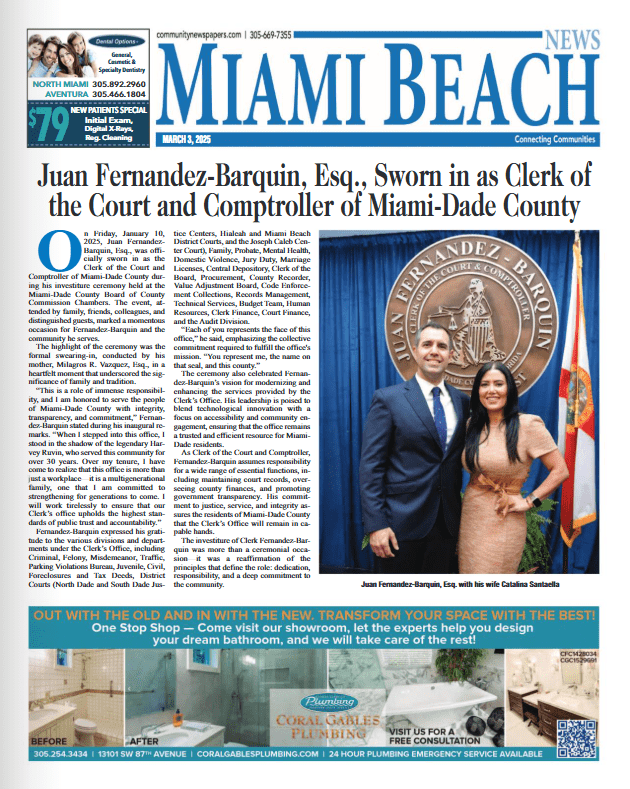If you have ever had a mammogram, chances are you have heard the term “dense breast tissue”. Breast tissue is composed of a combination of functional tissue that facilitates breast feeding and fatty tissue. The density of breast tissue refers to the percentage of parenchymal breast tissue – ducts, lobules, and connective tissue – compared to the percentage of fatty tissue in a particular breast. Dense breast tissue contains more glandular and connective tissue and less fat. Because a mammogram is basically a black and white X-ray image of the breast tissue, dense breast tissue shows up white on a mammogram, while fatty tissue is black.
Dense breast tissue is very common, affecting 50% of women, and is most often seen in younger, pre-menopausal women. While some patients have firm tissue that can be felt on exam, the only true way to know if you have dense tissue is by the way it appears on a mammogram. If you are unsure if you fall into this category, you can just read your mammogram report and your breast density should be categorized using the following terminology based on the percentage of dense tissue to fatty tissue:
- The breasts are almost entirely fatty
- There are scattered areas of fibroglandular densities
- The breasts are heterogeneously dense
- The breasts are extremely dense
The reason why dense breast tissue poses a problem is because cancerous masses may hide within the dense tissue, becoming obscured on a mammogram. The sensitivity or ability to detect a breast cancer by mammography is lower in women with dense breast tissue. Furthermore, women with dense breasts actually have a higher risk of breast cancer than women with fatty breasts, and the risk increases with increasing breast density. This increased risk is separate from the effect of dense breasts on the ability to read a mammogram. For the most part, there is very little that you can do to decrease the density of your breast tissue. Breast density decreases with advancing age, having children, and with the use of a medication called Tamoxifen that blocks estrogen.
There are actual Federal laws in place meant to inform patients undergoing breast cancer screening of their breast density in order to help empower them with information when they are considering important decisions regarding their breast health care. Patients in Florida whose mammogram indicates heterogeneously or extremely dense breasts are required by law to be sent a letter after their mammogram which states that their mammogram showed dense breast tissue that can make it more difficult to detect some abnormalities in the breast and may also be associated with an increased risk of breast cancer. Patients are also made aware that additional studies may be indicated due to their dense breast tissue.
If you have dense breast tissue, there are special studies that can be performed to increase the sensitivity of your mammogram. A 3D mammogram or mammogram performed with tomosynthesis can be helpful in screening women with dense breast tissue because it takes additional X-ray images of the tissue to cut through some of the areas of density. In addition to 3D mammography, supplementing your annual mammogram with an ultrasound or MRI is recommended if you have dense breast tissue, but these tests are not always covered by insurance. If you are still unsure if you have dense breast tissue or what to do about it, you should talk to your gynecologist or a breast specialist for personalized recommendations.
If there is a topic you would like to hear more about pertaining to women’s health or more specifically breast health, you can message me on Facebook or Instagram @drstarrmautner.
























































































Comments are closed.